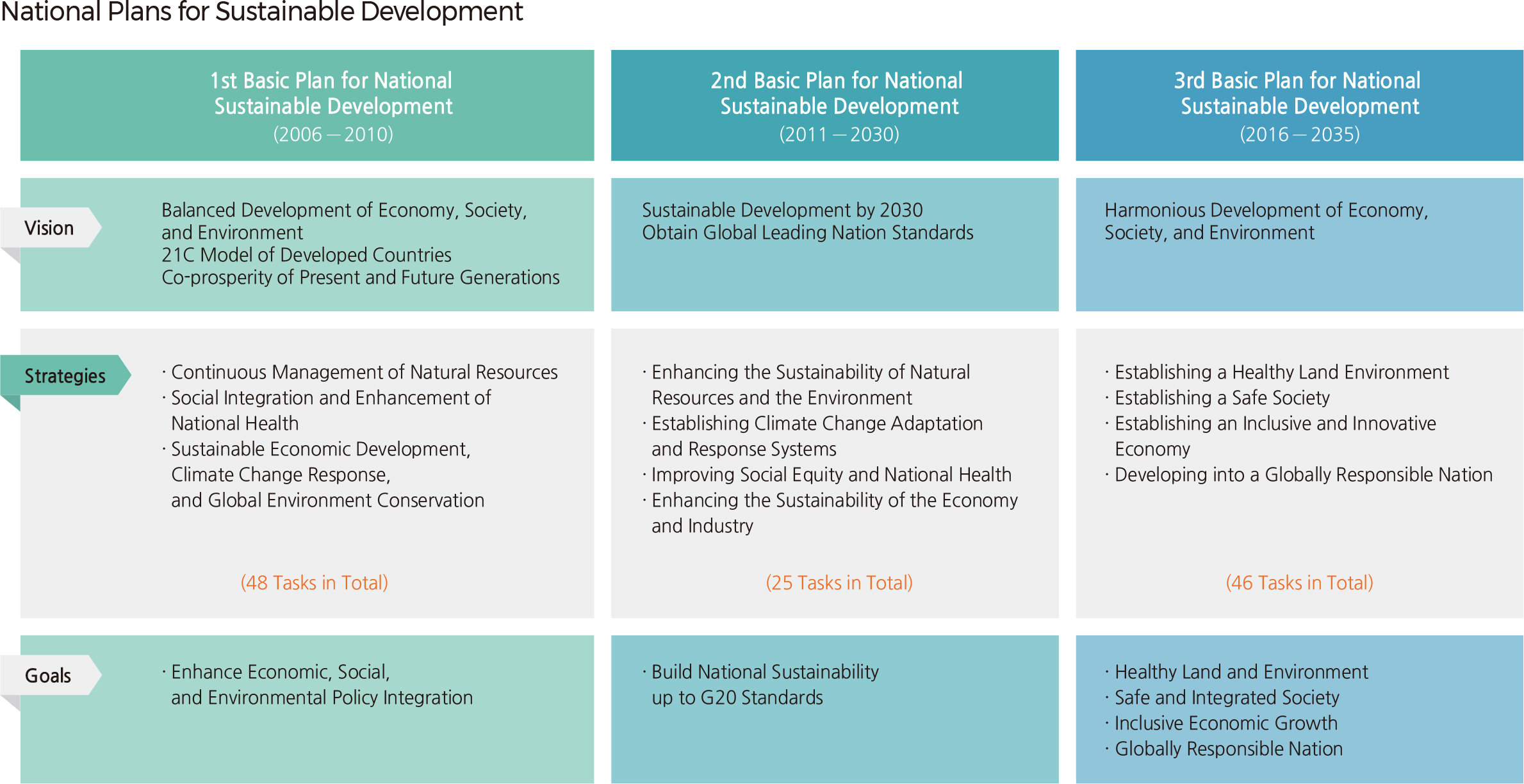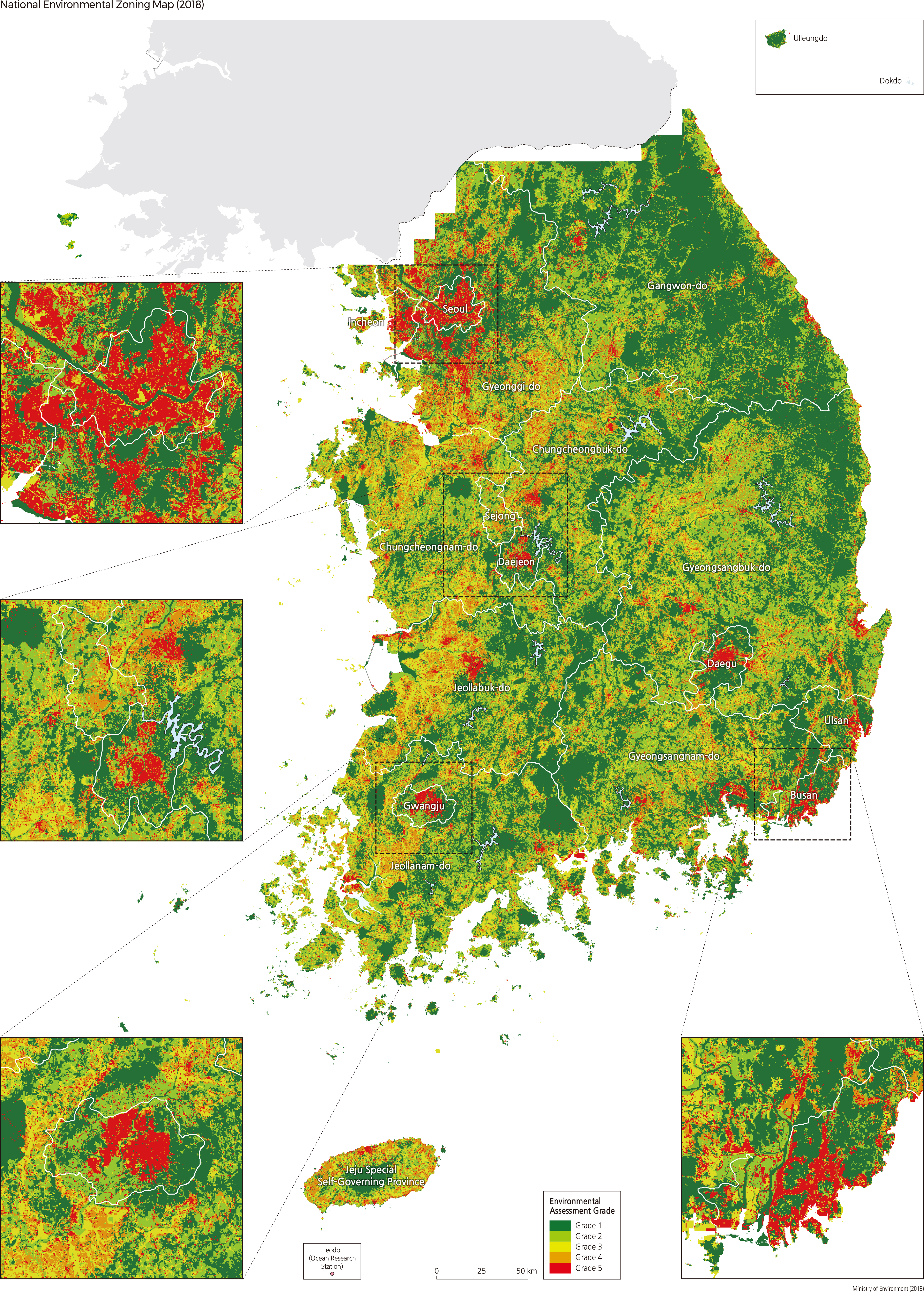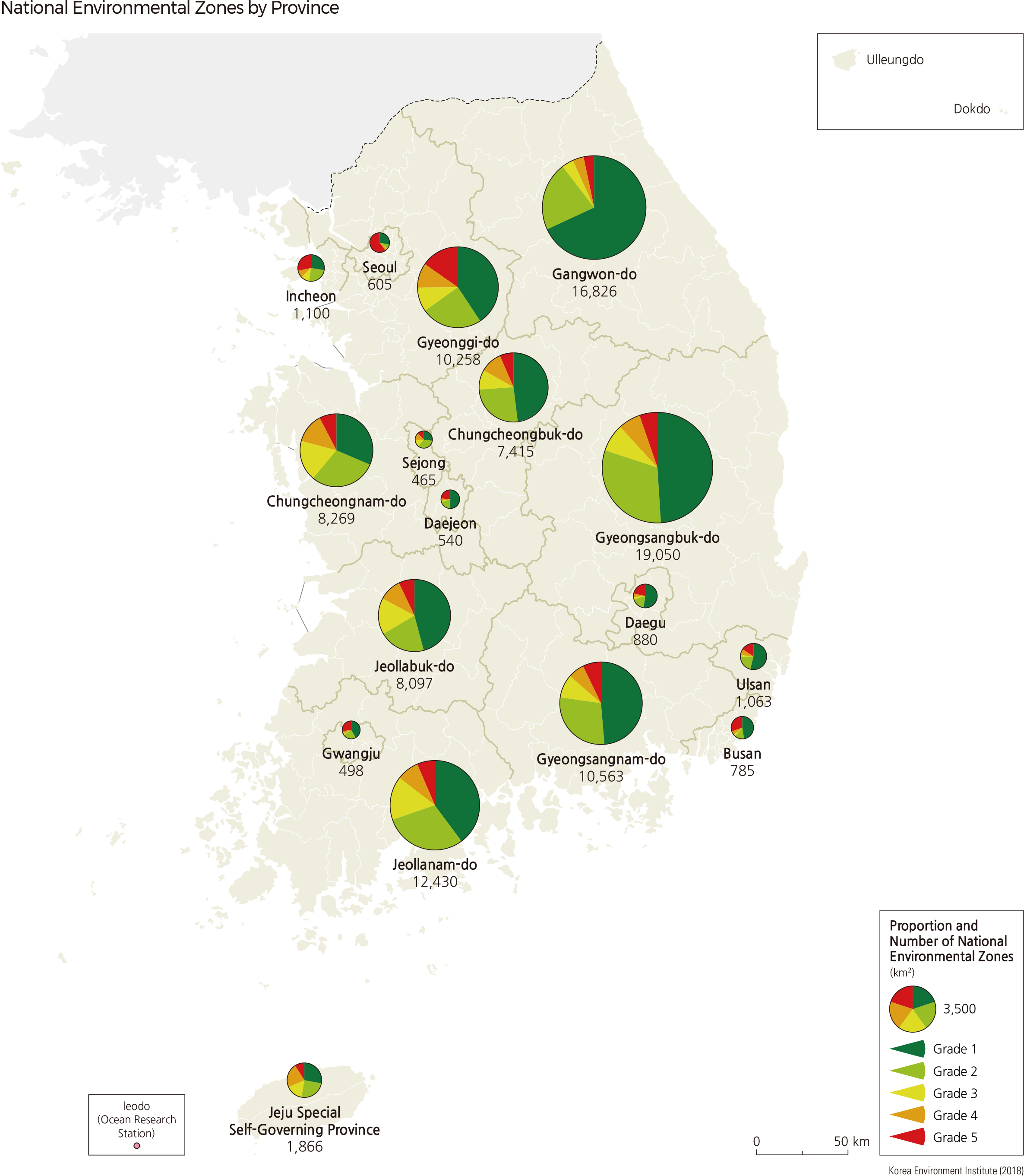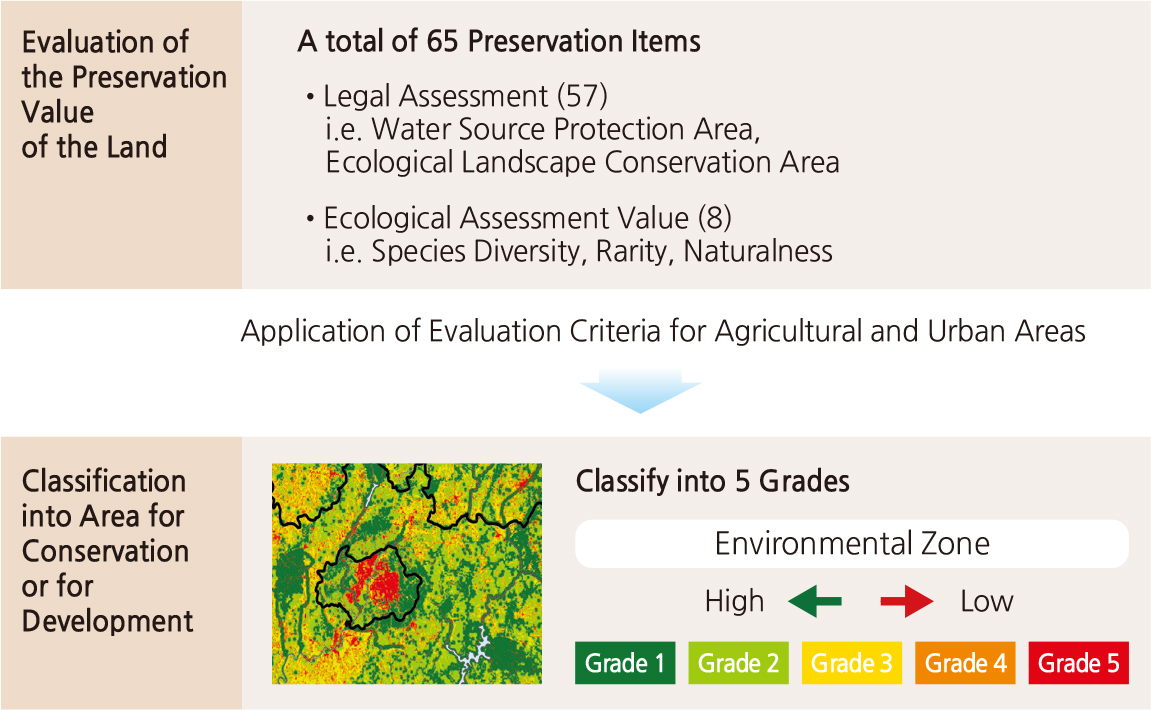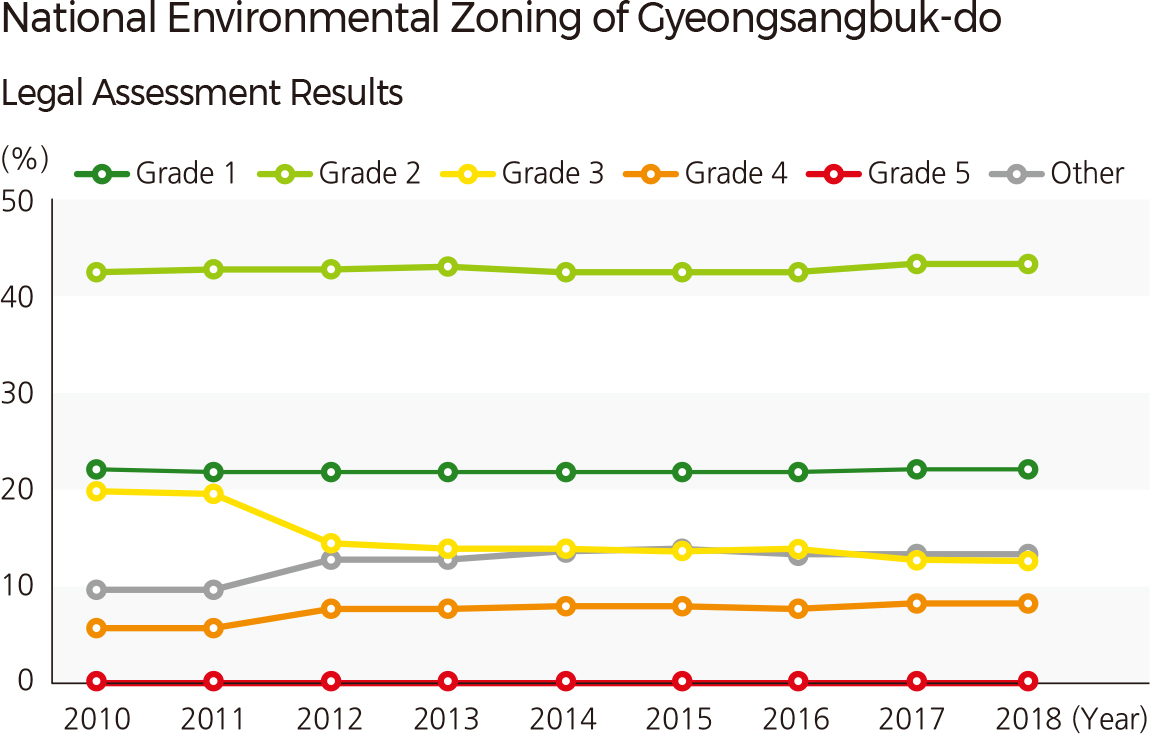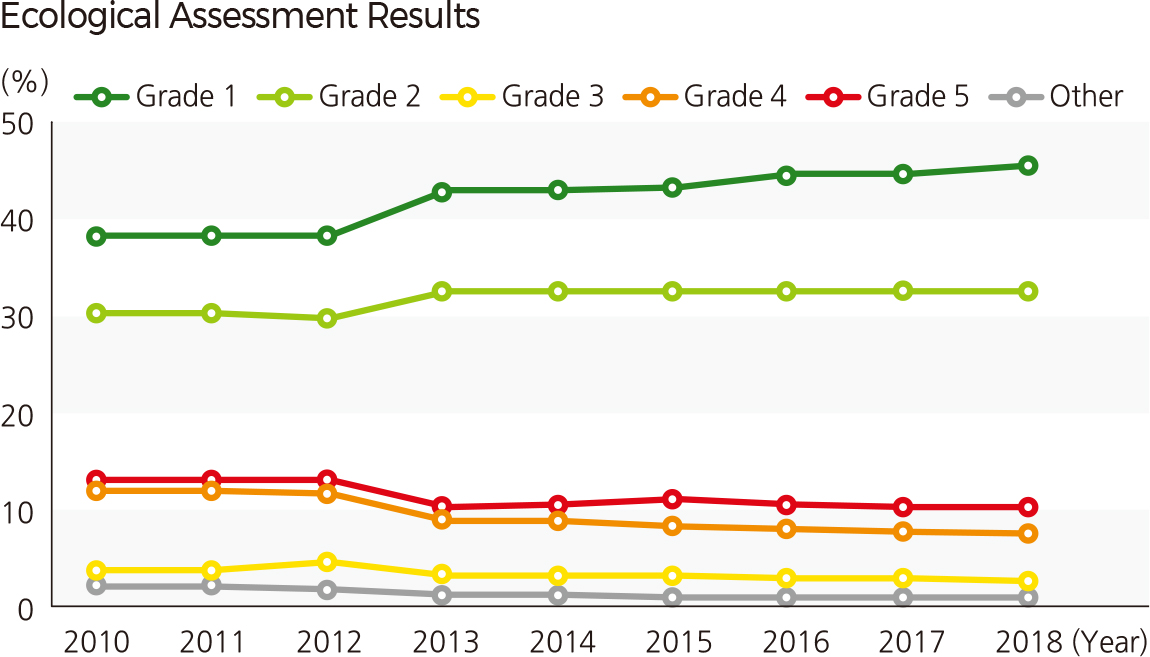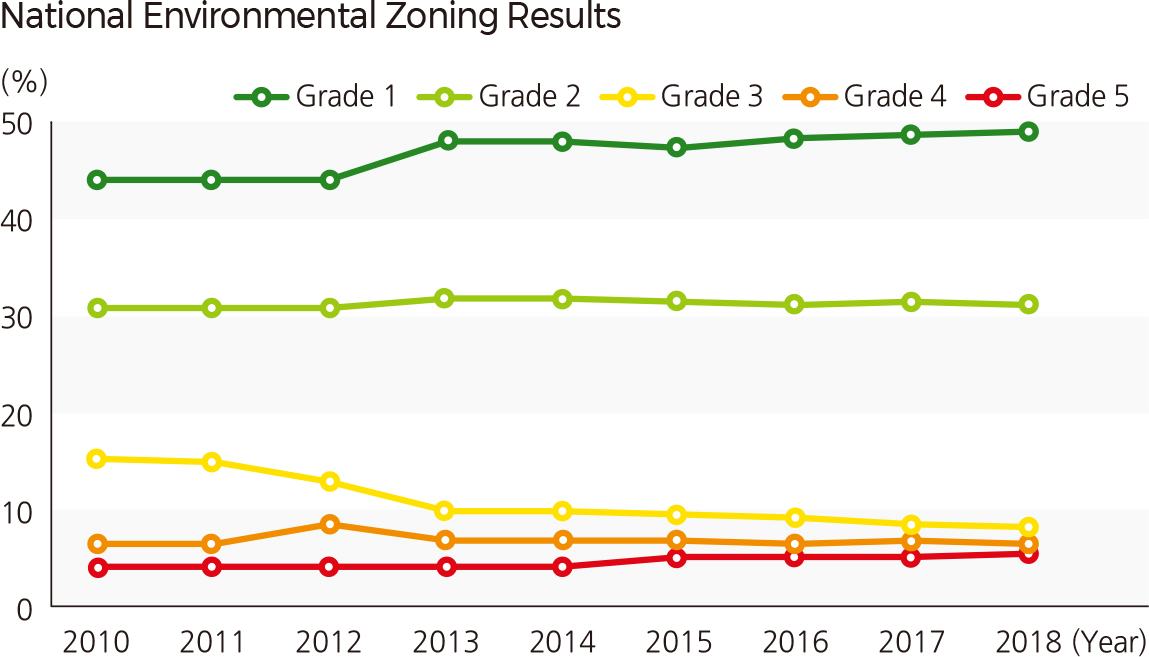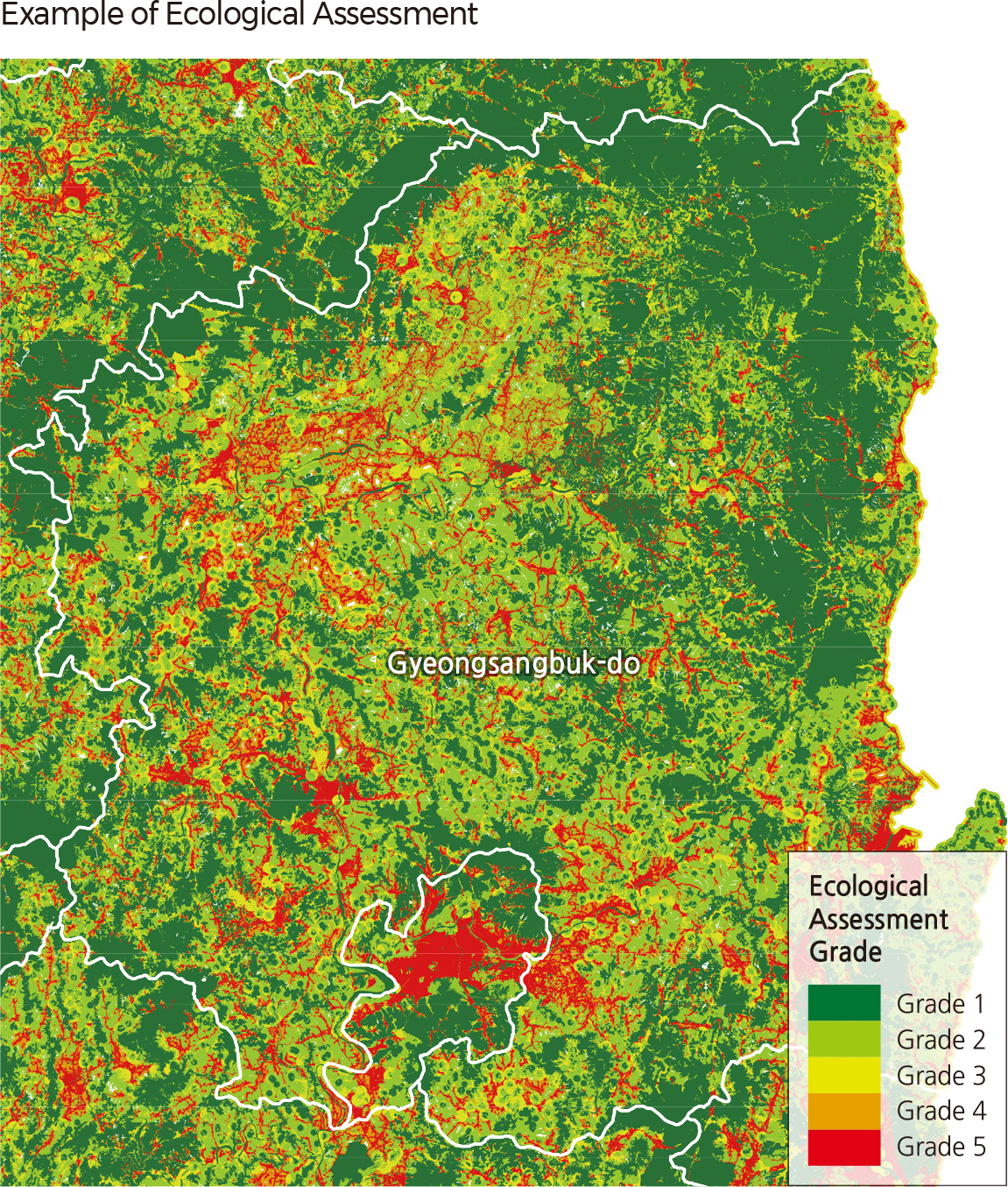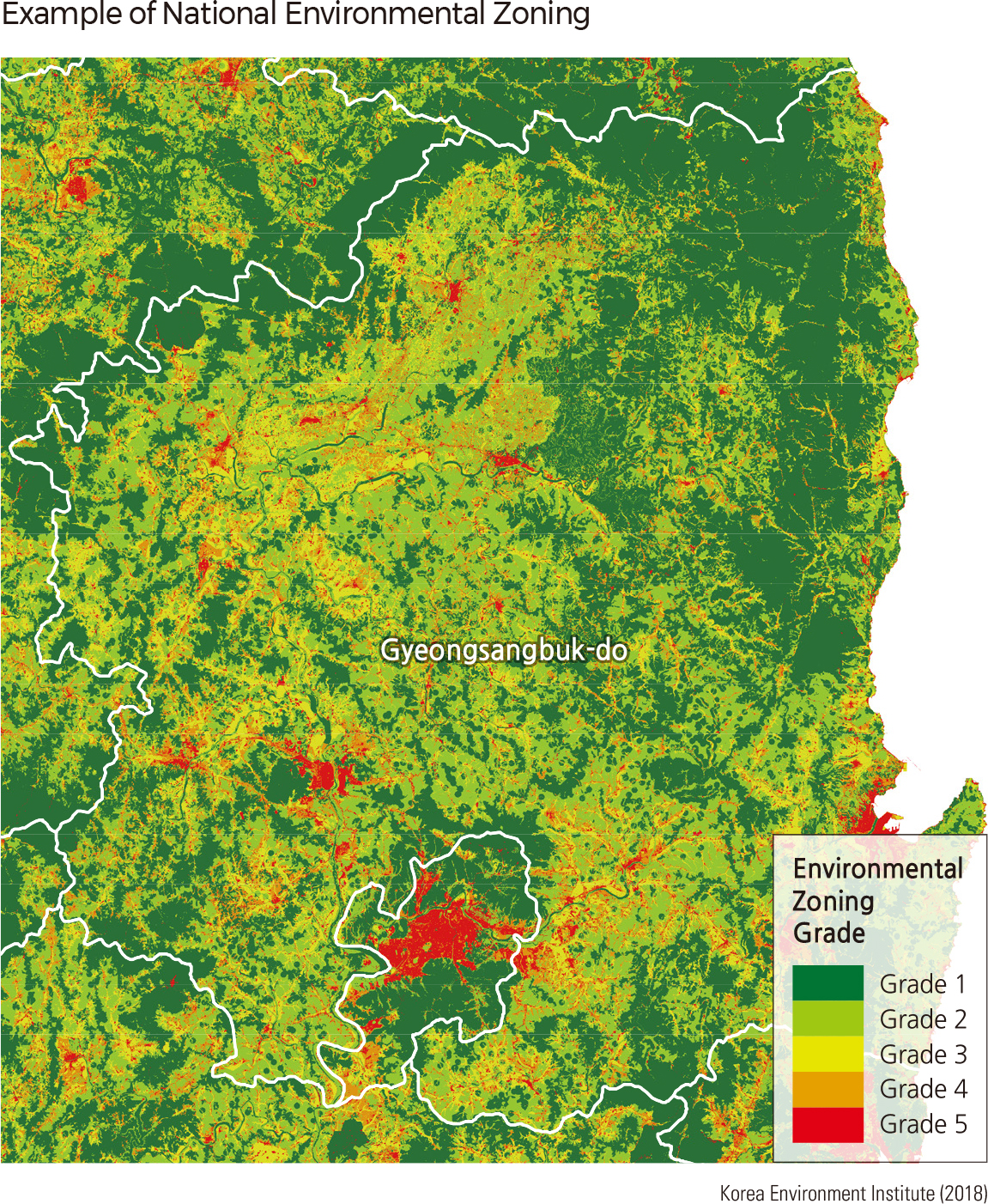English II 2020
In 2019, South Korea had a total population of approximately 52 million residents. The nation ranks 28th in the world for population size, but the size of the country is relatively small, with a population density of 505 people per square kilometer. After Bangladesh (1,067 people/㎢) and Taiwan (646 people/ ㎢), South Korea has the third-highest population density among countries with over 10 million in population. Furthermore, due to a high ratio of mountains compared to total land area, the nation has had problems and conflicts resulting from pollution issues.
Over the past several decades, South Korea has achieved unprecedented economic growth and urbanization. Such high rates of urbanization have accelerated the deformation and destruction of natural ecosystems, leading to key environmental problems and serious degradation of ecosystems that have recently come to light. As of 2019, Korea's gross domestic product (GDP) per capita is about 31,000 dollars, which places the nation at 27th in the world. GDP per unit area (1 ㎢), which shows the size of economic activity relative to the land area, is about 17 million dollars, which is within the top ten nations internationally. In the international community, South Korea is recognized as a country with a very high risk of environmental pollution. The rate of urbanization in South Korea stands at 81.4% (OECD), which is higher than the OECD average of 78.3%.
In the 1960s and 1970s, the environment of South Korea was severely damaged while pursuing rapid economic growth without considering sustainability. However, since the 1980s, as public awareness about the environment has grown, the need for environmental protection has begun to be emphasized. Accordingly, the Korean government set policy goals and established an institutional framework for solving environmental problems. At the same time, the quality of air and water has been continuously improved, as various types of nonprofit environmental organizations actively carry out environmental initiatives. With combined efforts from the government and the organizations, they are also improving ecological integrity and restoring ecosystems.
The government is continuously monitoring the physical environment with respect to the atmosphere, water quality, forests, and other ecosystems. The status of the physical environment has become part of the public agenda as various environmental organizations contribute information and feedback. This has led to an expansion of environmental education programs and a boost in the number of associated organizations. Environmental subjects are currently included in the curriculum from kindergarten to high school. The government supports the activities of private environmental organizations, public-private collaborative initiatives like Environment Day events, and other public interest activities. According to the Ministry of Public Administration and Security in December 2019, 1,083 private environmental organizations are currently participating in a variety of environmental public interest activities promoted by the central and local governments.
In 1992, the UN Conference on Environment and Development was held in Rio de Janeiro, Brazil. There, a global agreement on "sustainable development" was reached. The leaders at the UN Summit adopted the detailed Action Plan (Agenda 21) and the Rio Declaration on Environment and Development. In 1994, in the Ministerial Planning Committee for Earth Environmental Problems, South Korea established a national strategy aimed at sustainable development, keeping pace with this international movement. Korea's national agenda for action was declared. In March 1996, the Agenda 21 plan for national action was drafted and executed, while on June 5, 2000, a comprehensive strategic plan, the "New Millennium Vision for the National Environment," was announced. Soon after, in September 2000, the Presidential Committee for Sustainable Development (PCSD) was created. This committee spearheaded national sustainable development strategies and suggested necessary policy directions.
With 5-year intervals from 2006 to 2015, Korea established and implemented the first and second rounds of the "Basic Plan for Sustainable Development." Following changes in domestic and international social, economic, and environmental status, the nation has taken action to meet the main objectives of the Sustainable Development Goals adopted by the 70th UN General Assembly in September 2015. To guarantee the national sustainable development plan and to strengthen global partnerships, South Korea launched the third round of the "Basic Plan for Sustainable Development (2016 – 2035)" for the next 20 years. Projects associated with that are currently in progress.
The National Environmental Zoning Map (NEZM) for environmental land use planning classifies land into five grades after comprehensively evaluating various environmental factors. It was created to induce eco-friendly land use and prevent social conflicts that may result from environmental issues or socio-economic losses from inappropriate site selections. In creating and updating the NEZM, thematic maps with 65 evaluation criteria (57 legal criteria and 8 environmental/ecological criteria) are used to analyze the environmental evaluation grade. The highest grade of the resulting analysis is then designated as the grade of a particular area.
The legal criteria items refer to the official conservation zones. This includes water conservation zones, ecological landscape preservation areas, and so forth. The environmental and ecological criteria items correspond to their respective values, such as biodiversity, natural ecology status, and distribution of protected and endangered species. The land is classified into five grades according to preservation value. The first grade represents an area of high conservation value, and the fifth is referring to a region that is undeveloped. The NEZM was first completed in 2005. Since 2005, the accuracy and spatial resolution of the map have been greatly improved through continuous updates.
The NEZM is currently open to the public and being used for prior environmental investigation systems and environmental impact assessments. If facilities causing pollution are built in areas where environmental conservation is important, social conflicts over environmental issues are inevitable. Accordingly, developers can use the NEZM in advance to prevent socio-economic losses due to the conflicts between stakeholders. Social demand for fine-scale maps has increased with growing attention to environmental concerns. Thus, in 2013 1: 5,000 scale NEZMs by province were produced. In 2019, the NEZMs for 151 local governments were created. |
